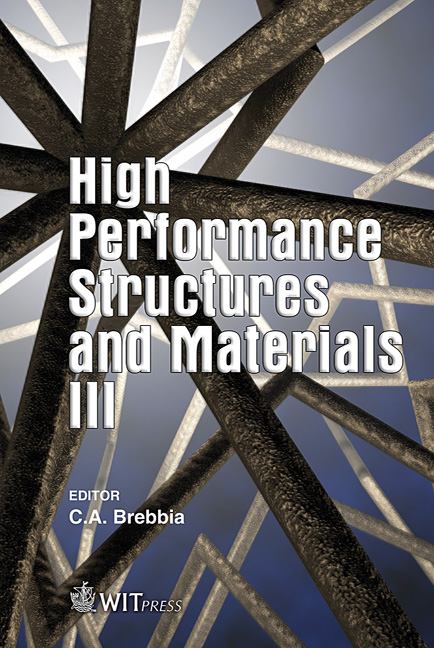Identification Of The Material Properties Of Composite Beams: Inverse Method Approach
Price
Free (open access)
Transaction
Volume
85
Pages
13
Published
2006
Size
495 kb
Paper DOI
10.2495/HPSM060231
Copyright
WIT Press
Author(s)
E. Euler, H. Sol & E. Dascotte
Abstract
In load carrying applications one is mainly interested in the stiffness properties of the structural component. Elastic and shear moduli supplemented with section properties render the stiffness properties of the component. Moduli of isotropic materials are well known and well documented. However, this is not the case for composite materials. The developed procedure belongs to the group of mixed numerical experimental methods. The method makes use of modal data to determine the effective orthotropic material properties of composite beams. Modal reference data is experimentally obtained from the beam at hand. The other modal data set is obtained from a finite element model of the same beam. The orthotropic material properties, also called parameters, in the finite element model are then modified in such a way that both sets of modal data match. If those two sets match, the virtual model has \“in a global sense” the same mass and stiffness properties as the real model. A program written in FEMtools is applied to five test cases. Results are discussed. Keywords: inverse methods, FEA, orthotropic material properties, composite materials, modal data. 1 Introduction Most engineers have considerable experience in the design of simple structural components using isotropic materials. However, today more and more composite materials are used for structural elements.
Keywords
inverse methods, FEA, orthotropic material properties, composite materials, modal data.





